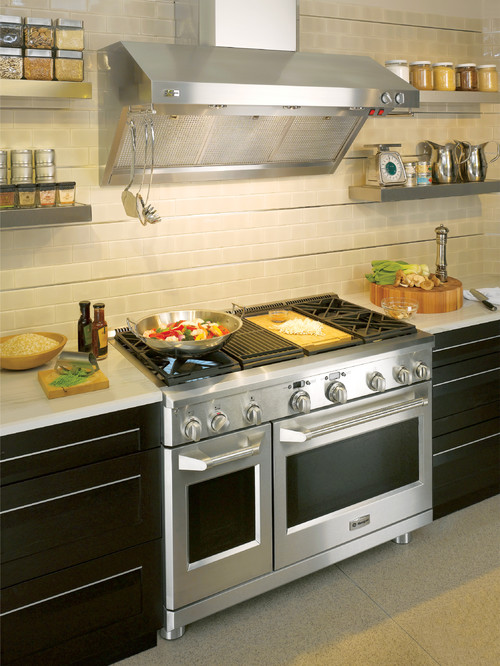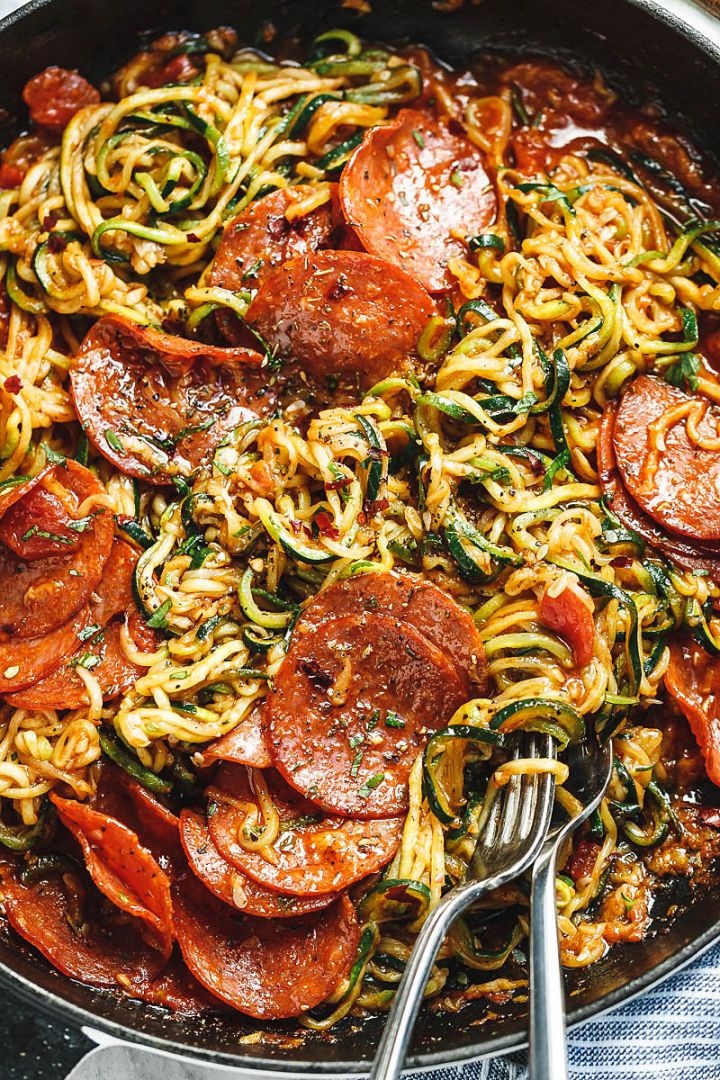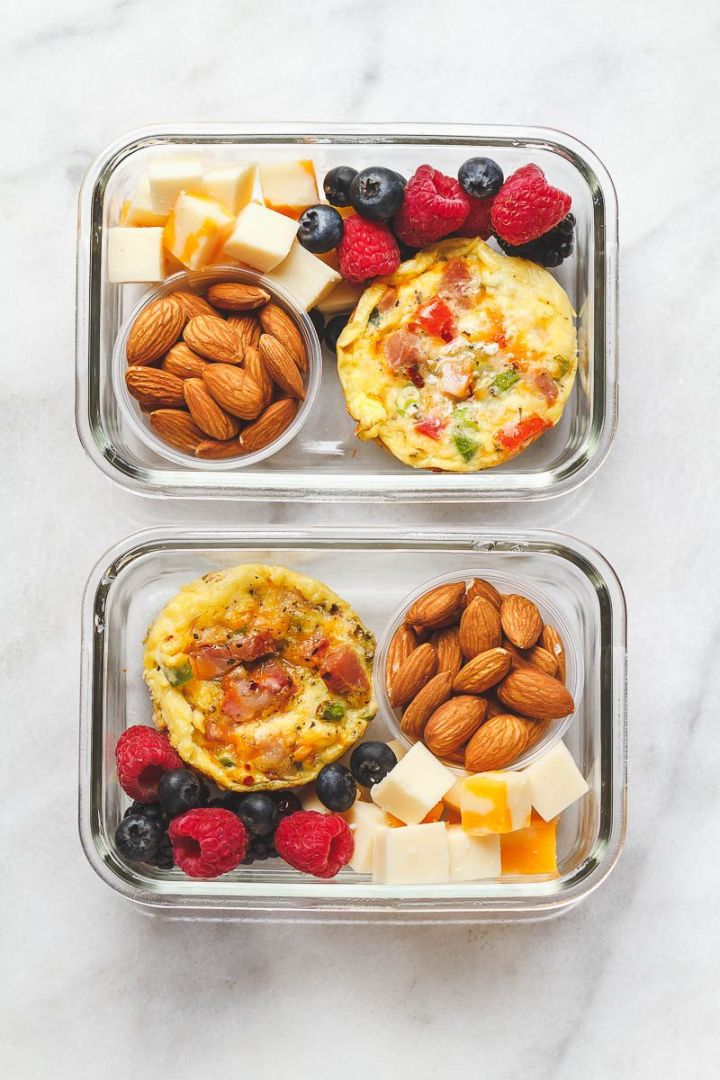By eliminating fats, water vapor, and cooking smells, the kitchen hood reduces staining of the walls and ceilings of the kitchen. Decorative, recessed, wall-mounted, or set under the ceiling, there are devices for all needs. Follow these six tips to make the right choice:
1. Ducting out or recycling mode?
If you live in a house then the ducting out range hood is ok because it requires the installation of a conduit to release smoke outside. This range hood is powerful and offers a better airflow.
The recycling hoods are best suited for apartments. The typical unit is equipped with carbon filters which filter the air before it is released from the sides. Easy to install, but this system needs its filters changed regularly.
2. Identify how you cook
Depending on whether you cook a little or a lot on a gas or electric stove, or prefer induction rather than grilling or frying; you would not choose the same type of hood. Avoid recycling hoods if you like french fries and grilling because the filters will saturate quickly.
3. Choose the right speed
For a good air exchange, you should choose the right vacuum flow for your kitchen hood. How? Measure your kitchen then do this small operation: Lenght x width x height x 10. This gives you the minimum speed needed. Beware, if you have an open kitchen or if your vent hood is placed over a central island, allow higher airflow speed. Know that if your hood is more powerful, it can work at low speeds, which means less noise and less energy.
4. Choose the right size for your range hood
The hood must be at least as large as the cooktop. Ideally, it will be even larger. We can even juxtapose two systems together.
5. Be sensitive to noise
You must compare the sound level of each hood; be sure to ask the seller how many decibels correspond to the airflow.
If you are particularly sensitive to noise (and your bank account is well garnished), some manufacturers offer hoods with the engine settled on an outside wall or even in the attic. But beware, you need to plan the installation prior to the construction or renovation of the house.
6. Every hood’s budget
Cap hoods with their flat form are functional before being aesthetic. For small kitchens and small budgets, they offer an airflow speed of 100 mph.
Hoods can also be integrated. Versions of the suction unit are almost entirely hidden in a cabinet. In the telescopic version, they slide and then they disappear completely after use.
There are also plan hoods built into the countertop behind the cooking surface, which are brought out when cooking.
A classic design is the ceiling range hood, which turns into a simple lighting panel when not in use.
Read also: Cherry and Lemon Grass Soup










